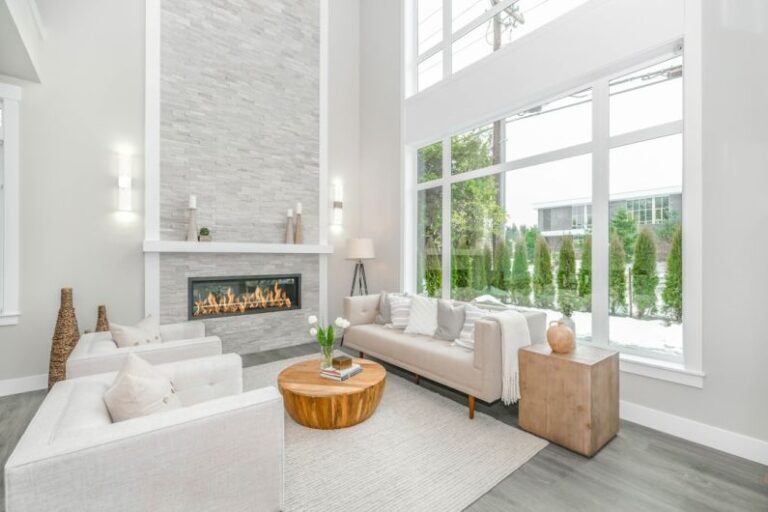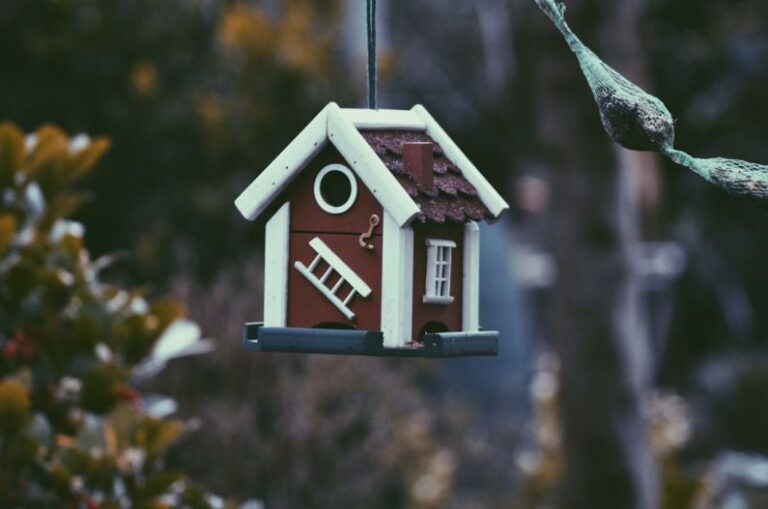
The Tiny Home Trend: A Modern Housing Solution
In recent years, tiny homes have gained significant popularity as a unique and innovative housing option. These compact dwellings, typically ranging from 100 to 400 square feet in size, have captured the imagination of many individuals seeking a simpler, more sustainable lifestyle. But are tiny homes truly becoming a mainstream choice for those in search of affordable housing solutions, or are they simply a passing fad? Let’s explore the rise of tiny homes and their potential to become a more widely accepted housing option.
The Appeal of Tiny Homes
One of the key factors driving the popularity of tiny homes is their affordability. With housing costs on the rise in many urban areas, tiny homes offer a more budget-friendly alternative for individuals looking to own their own space without breaking the bank. In addition to the lower upfront costs of purchasing or building a tiny home, the reduced maintenance and utility expenses make tiny living an attractive option for those looking to simplify their lives and reduce their carbon footprint.
Another appeal of tiny homes is their minimalistic design and focus on functionality. By necessity, tiny homes are designed to maximize space and efficiency, often incorporating innovative storage solutions and multi-functional furniture to make the most of every square foot. This emphasis on simplicity and practicality resonates with individuals who are looking to declutter their lives and prioritize experiences over material possessions.
The Rise of Tiny Home Communities
One of the key indicators that tiny homes are gaining traction as a mainstream housing option is the emergence of tiny home communities across the country. These intentional communities are designed to bring together like-minded individuals who share a commitment to sustainable living, community engagement, and a desire for a simpler way of life. By pooling resources and sharing common spaces, residents of tiny home communities are able to enjoy the benefits of homeownership while fostering a strong sense of community and connection with their neighbors.
Tiny home communities also offer residents access to shared amenities such as community gardens, common areas for social gatherings, and even co-working spaces, creating a sense of belonging and camaraderie that is often lacking in traditional housing developments. This communal aspect of tiny home living appeals to individuals who value social connections and a sense of belonging, making it an attractive option for those looking to downsize without sacrificing community.
The Impact of Tiny Homes on Housing Trends
As the housing market continues to evolve, tiny homes are poised to play an increasingly prominent role in shaping the way we think about homeownership and sustainable living. With a growing emphasis on environmental stewardship and resource conservation, the tiny home movement offers a compelling alternative to traditional housing options that are often resource-intensive and environmentally damaging.
Tiny homes also have the potential to address some of the pressing challenges facing the housing market, such as affordable housing shortages and homelessness. By offering a more affordable and sustainable housing option, tiny homes can help bridge the gap for individuals who are struggling to find safe and stable housing in an increasingly competitive market.
The Future of Tiny Homes
As the demand for affordable and sustainable housing options continues to grow, it is likely that tiny homes will become an increasingly mainstream choice for individuals looking to embrace a simpler, more sustainable way of life. With their compact design, minimalistic aesthetic, and focus on community, tiny homes offer a compelling solution for those seeking to downsize, reduce their environmental impact, and foster a sense of connection with others.
In conclusion, the rise of tiny homes as a viable housing option reflects a larger cultural shift towards simplicity, sustainability, and community. As more individuals recognize the benefits of tiny living, we can expect to see an increase in the number of tiny home communities, innovative design solutions, and policy changes that support this growing trend. Whether you are drawn to the affordability, functionality, or sense of camaraderie that tiny homes offer, it is clear that these pint-sized dwellings are here to stay as a modern housing solution for the future.





